Vultures, also known as vultures, are large scavenging birds with as many as 22 species, mainly living in the tropics and subtropics. There are 7 species of New World vultures, including the famous condor introduced earlier, and 15 species of Old World vultures, including griffons and vultures. The vultures of the New World and the Old World are very similar in appearance and have similar habits, but they are distantly related. It is even believed that the vultures of the New World belong to the order Stork, while the vultures of the Old World belong to the order Falconiformes.
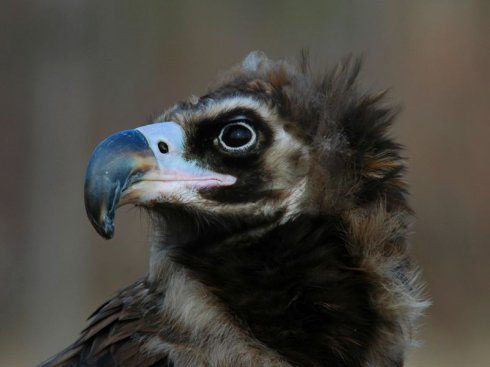
All species of vultures in the Old World are relatively famous. In the animal world, vultures are a common supporting role, especially in the African savannah. There are almost no places where the African white-backed vulture (see the picture above) does not appear. After all, this scavenging bird is one of nature's clearest birds. dolphins.html">Dolphins often compete with black-backed jackals, hyenas, and African storks. There are many types of vultures in the African grassland. White-backed vultures, black-and-white vultures (see the picture above), wattled vultures, long-billed vultures (see the picture below) and other similar species often gather together to clean animal bones.
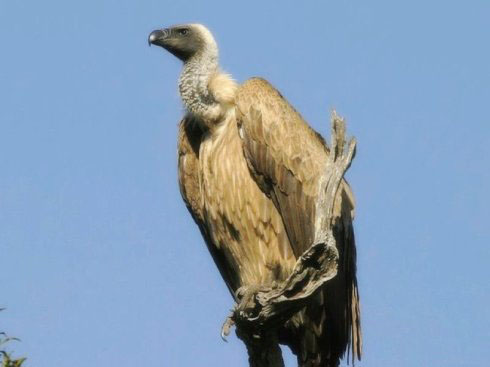
The wattled vulture (see picture above), also known as the eared vulture and the Nubian vulture, is 1 meter tall with a wingspan of 2.7 meters. Its upper body is dark brown, its tail is wedge-shaped, and its lower body is white. There are large wattles on both sides of the bald head, and the face is pink or light red. It is a giant Old World vulture that lives in arid areas of Africa. It has an advantage over other vultures when eating, and also robs the food of other raptors.
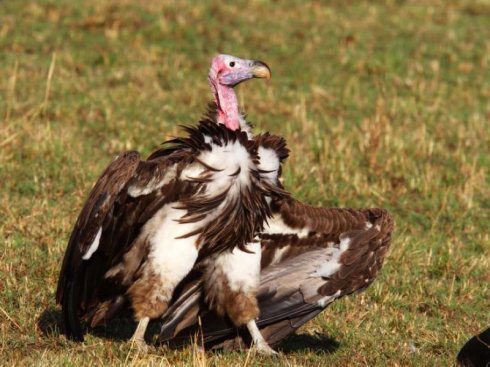
Great Vulture: Scavenger
Category: Raptor
Genus: Falconiformes, Accipitridae, Vultures
Origin: Eurasia
Endangerment Index: Endangered
Beauty Index: ★
Strange index: ★★★
The black vulture (see picture above), also known as the Indian black vulture, is distributed from Pakistan to Malaysia. It is about 75 centimeters long, has a wingspan of about 2.7 meters, and weighs 3.7-5.4 kilograms. It is black, with white down on the chest, a large black bill, and a neck. There are wattles on both sides of the head. It is an Old World vulture. The Indian Vulture (see picture above), also known as the Indian White-backed Vulture, is distributed in South Asia, Iran, Myanmar, southern Thailand and northern Laos. In China, it is distributed in western Yunnan and Xishuangbanna in southwest China. It is a rare resident bird.
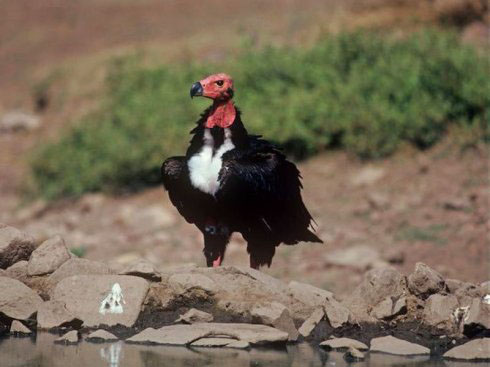
The more famous vulture in my country is the alpine vulture (see the picture above), with a body length of 90-120 cm and a weight of 8-12 kg. The color of its feathers changes greatly. The adult vulture has brownish-white upper body except wings and tail, brown lower body and head. It has exposed filamentous feathers on the side of its head and is distributed from Central Asia to the Himalayas. It mainly feeds on corpses, sick and weak large animals, marmots, rodents or livestock. The Bearded Vulture (see picture above), also known as the Bearded Vulture, the Bearded Vulture, and the Bearded Vulture, has a total length of 105-133 cm and a weight of 3.5-5.5 kg. Its upper body is black with a silvery gray luster, and its forehead and head are covered It has light gray-brown velvety feathers, the lower body is light brown, and the tail feathers are silver-gray and stained with black. Distributed in southern Europe, Africa, central and southern Asia, they mostly live in groups with vultures and feed mainly on carcasses of large animals. Sometimes they also hunt small animals such as waterfowl, injured pheasants, quails, and hares.
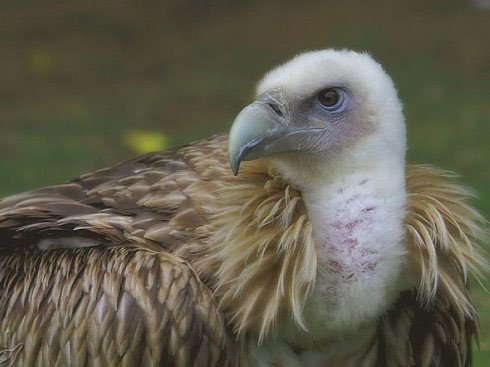
The great vulture, also known as vulture, mountain eagle, dog-headed eagle, and dog-headed vulture, is a genus of vulture in the family Accipitidae of the order Falconiformes. It has a body length of 110 cm, a wingspan of more than 2 meters, and a weight of 7-11 kg. It is the largest raptor on the plateau. One, the body feathers are mainly dark brown, the exposed skin on the head and neck is lead blue, with soft jaws, the top of the head is covered with dirty brown down, and the tail is short and wedge-shaped. Compared with other vultures, the Great Vulture looks more like a larger version of the vulture, and it also looks like one when flying.
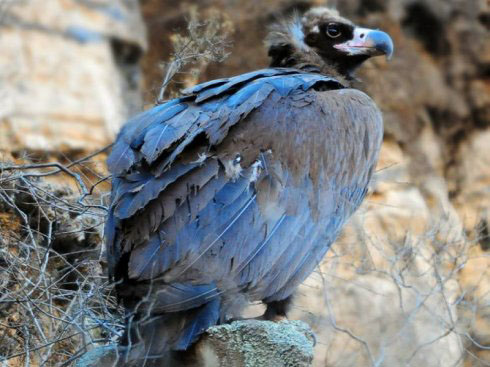
Due to the need to eat carcasses, the head and beak of the big vulture are very strong. The hook-shaped beak can easily peck and tear open the tough cowhide and drag out the heavy internal organs; the exposed head can easily extend into the abdominal cavity of the corpse; the vulture neck There is a circle of relatively long feathers at the base of the body, like a human napkin, which can prevent the feathers from getting dirty when eating corpses.
The great vulture is distributed from Spain, the Balkans, Turkey to Central Asia and northern China. Occasionally, stray birds wander outside the breeding area. Breeds in Kashgar and Tianshan in western Xinjiang, southern and eastern Qinghai, Gansu, Ningxia, western Inner Mongolia, and northern Sichuan. Sporadic occurrences occur in southern Tibet, central China, east China, southeast China and Taiwan.
Great vultures mainly feed on the carcasses of large animals, but also attack small live mammals, amphibians and livestock. It takes precedence over other vultures when eating carcasses. Sometimes, great vultures also compete with other raptors for food, and even snatch prey from large raptors such as golden eagles.
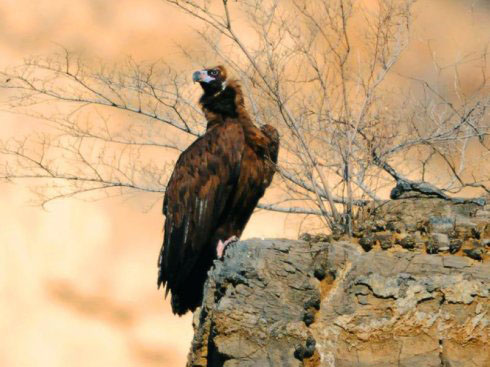
Great vultures inhabit plateaus and foothills. They often move alone, soaring high in the sky in grasslands, mountains, etc., looking for animal carcasses for food. Migration occurs as a family unit, or several families migrate together. There is a leadership system among the groups, and all actions are based on the leader. Water baths are also performed during hot weather.
Great vultures often mix with alpine vultures. They can glide high in the sky for several hours without flapping their wings. They are the birds with the slowest wingbeat frequency. When flying, its wings are extended in a straight line, fluttering or soaring in the sky, and landing suddenly when it finds food. Sometimes there are groups of 4 or 5, including the carcasses of large mammals, and they will form large groups in the air, with as many as dozens of them gathering to feed.
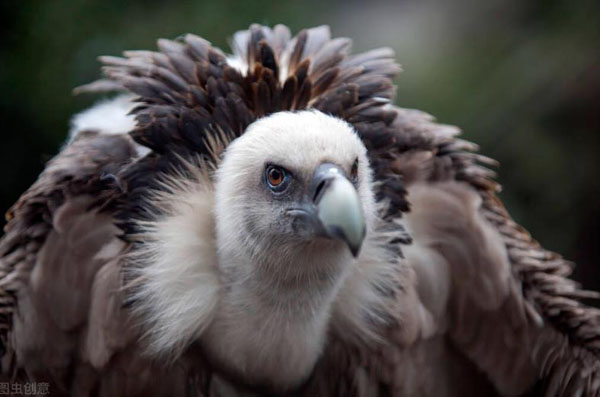
Both male and female great vultures build pan-shaped nests on tall trees, and a few build nests on rocks. Eggs are laid in early March, with 1-2 eggs per clutch. Males and females take turns incubating the chicks, and the incubation period is 55 days.
Most of them build nests in tall trees and lay 1 to 2 eggs in spring. The eggs are white and spotted. The male and female incubate the eggs together, and the incubation period is 55 days.
The giant vulture has a special shape and is available for viewing. It is also hunted by humans. In addition, its reproductive capacity is low and its population has declined. It is globally endangered and rare. However, it is more common in the northern part of its distribution area. The giant vulture is a second-level protected animal in China.
animal tags: vulture raptor Falconiformes Accipitridae Vultures scavenger
We created this article in conjunction with AI technology, then made sure it was fact-checked and edited by a Animals Top editor.